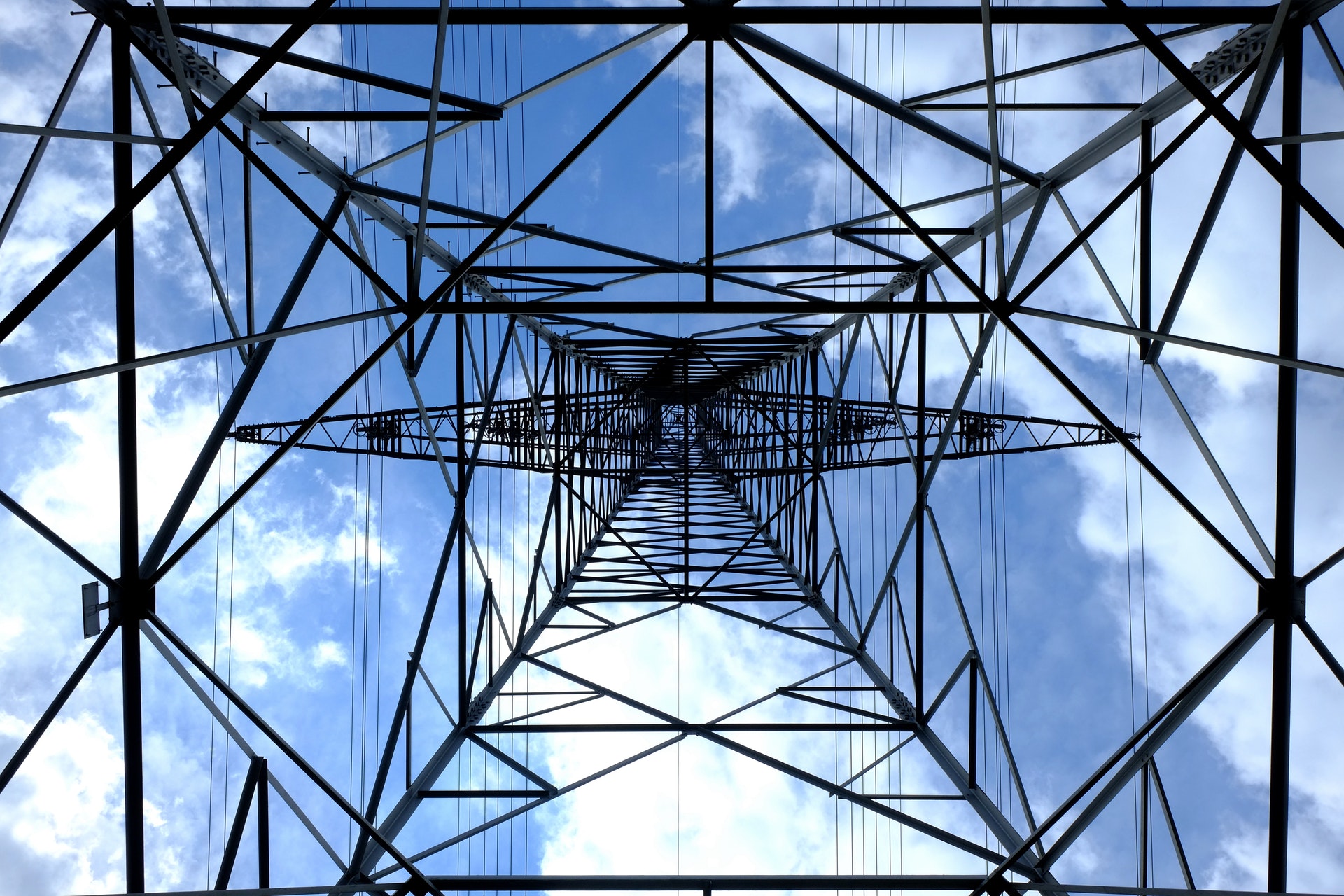
The UK’s latest energy statistics, released by the Department of Energy and Climate Change yesterday, reveal a 12% drop in renewable energy production in the second quarter of this year.
Lower wind speeds and rainfall are being blamed for the 32% drop in hydro power and 11% fall in wind supply.
The renewables sector made up 6% of the total electricity supplied during Q2, reaching 4.72 TWh, way behind fossil fuels gas, which made up over 50% of supply, and coal, still providing a quarter of the country’s supply.
Despite a small overall drop in energy consumption compared with the same period last year (when seasonally adjusted for temperature), the fall in renewables and nuclear (down to 16% of electricity supply) is likely to mean that the UK’s emissions per unit of electricity generated will be up on last year.
The statistics may also open up the Government for criticism on the newly-introduced feed-in tariff as well.
While the figures for the first quarter of the scheme (1 April to 30 June) report that 15.2 MW of renewable generation is covered by the scheme, some of this capacity may have been installed prior to start of the scheme.
But while domestic photovoltaics made up the majority of installations, at over 97%, they only account for less than half of the total installed capacity (6.7 MW).
Meanwhile, the 41 non-domestic renewable energy installations covered by the scheme represent over half of the installed capacity (8.3 MW), calling into question the cost-effectiveness of the domestic ‘solar panel bonanza’.
